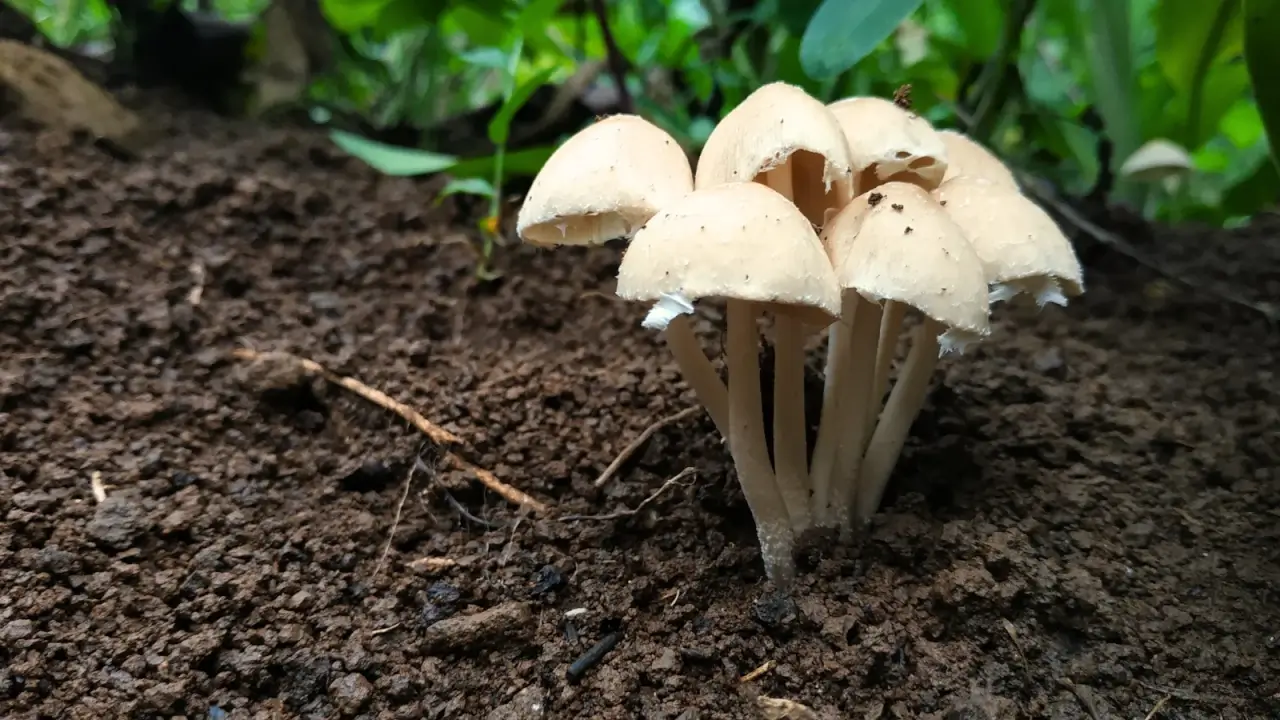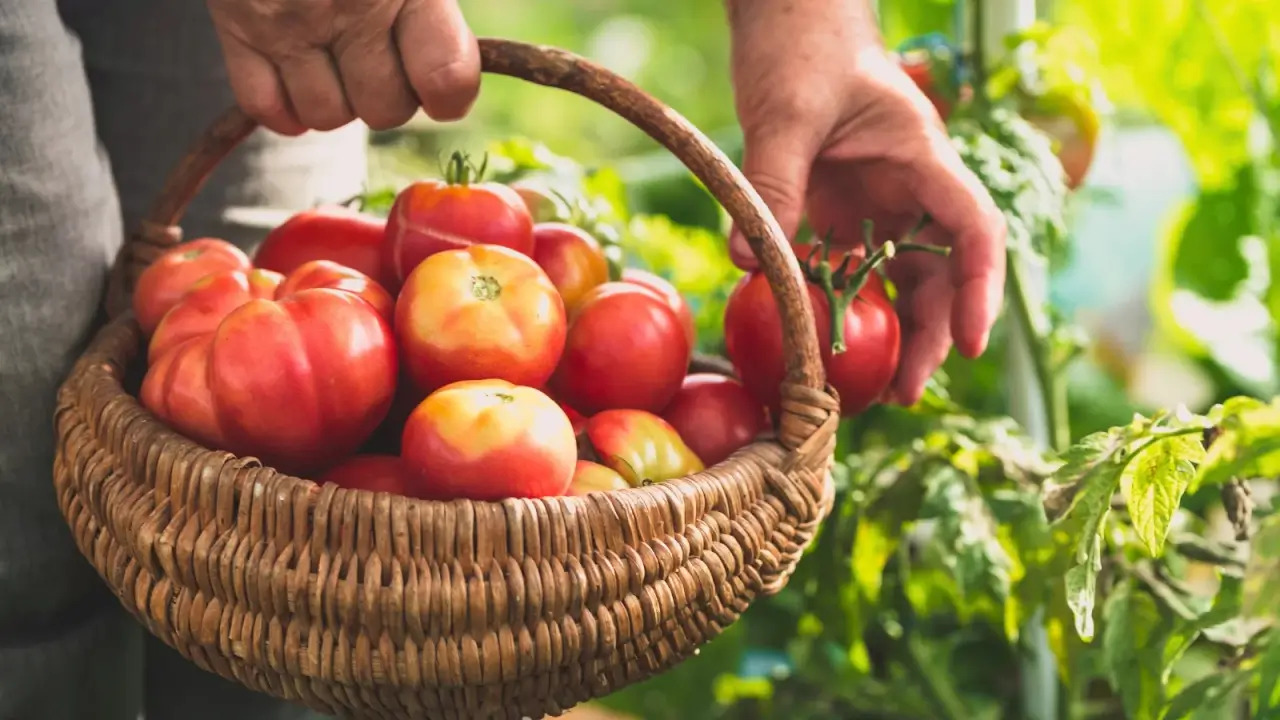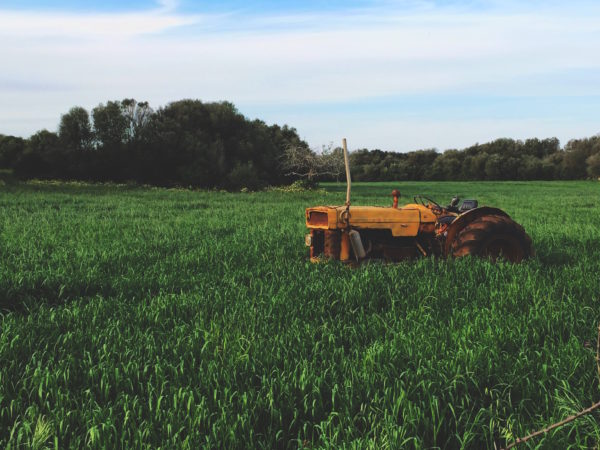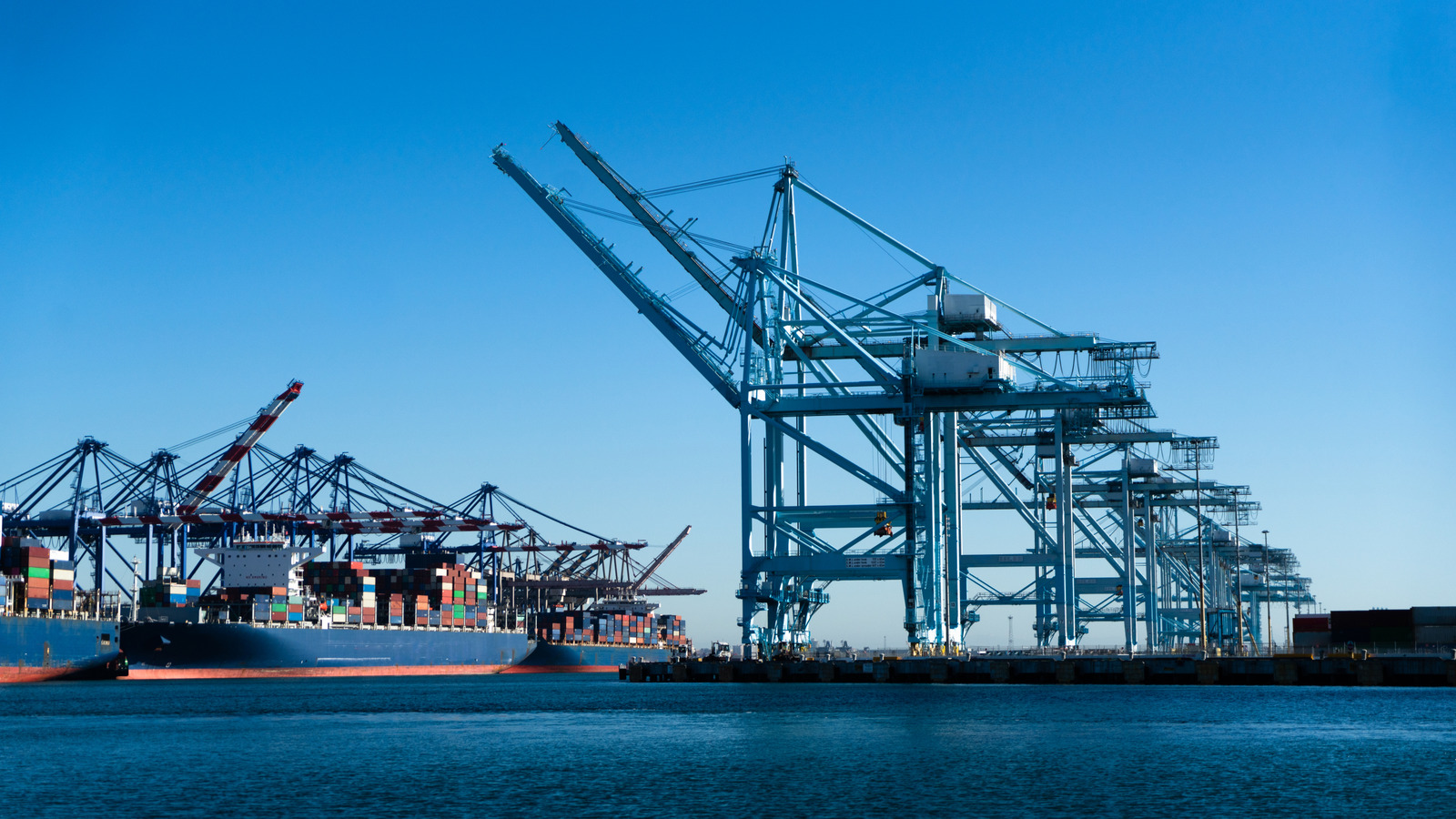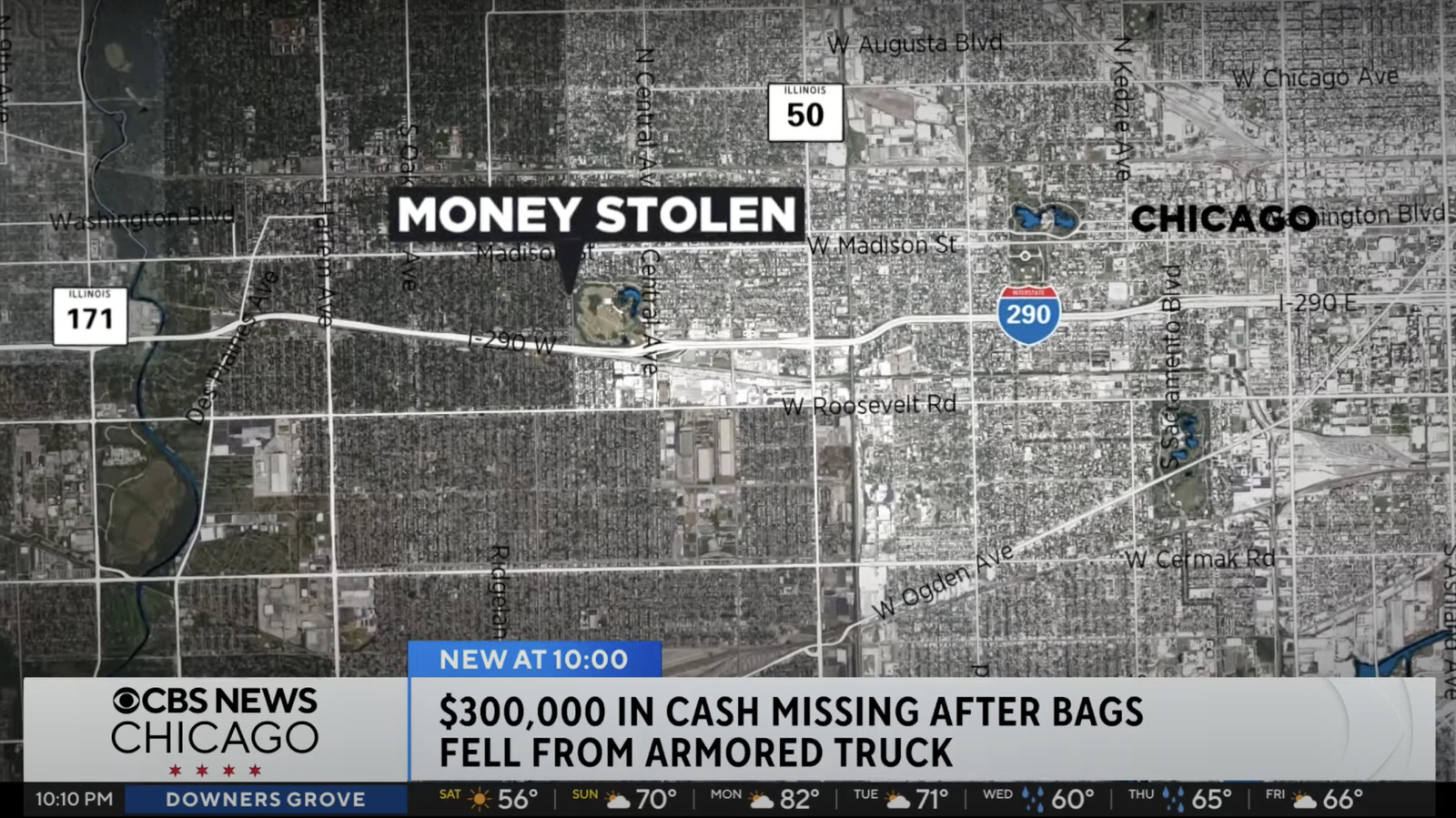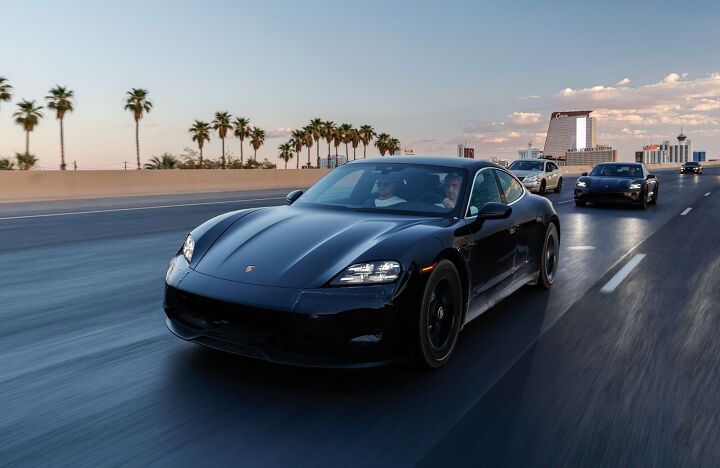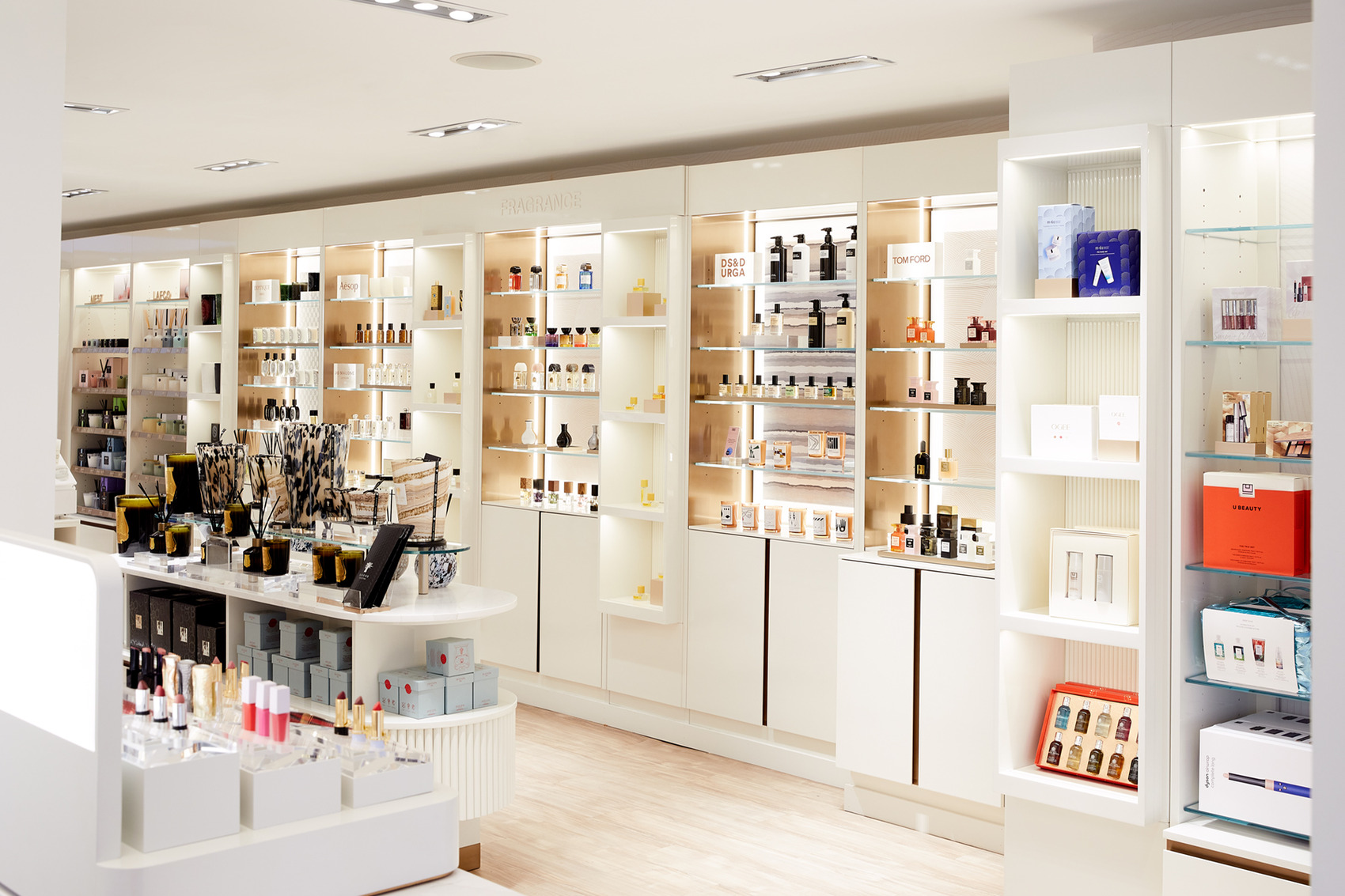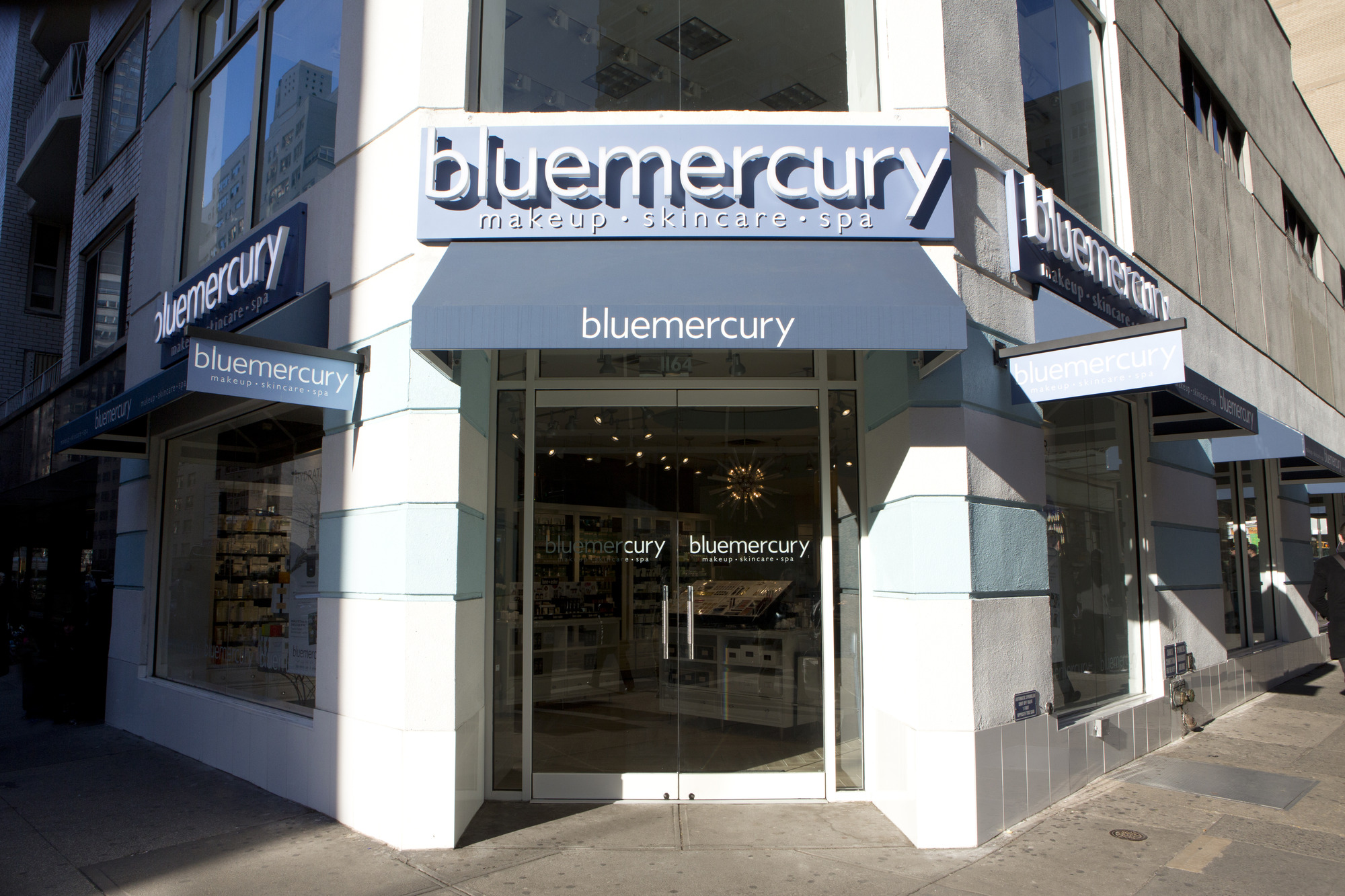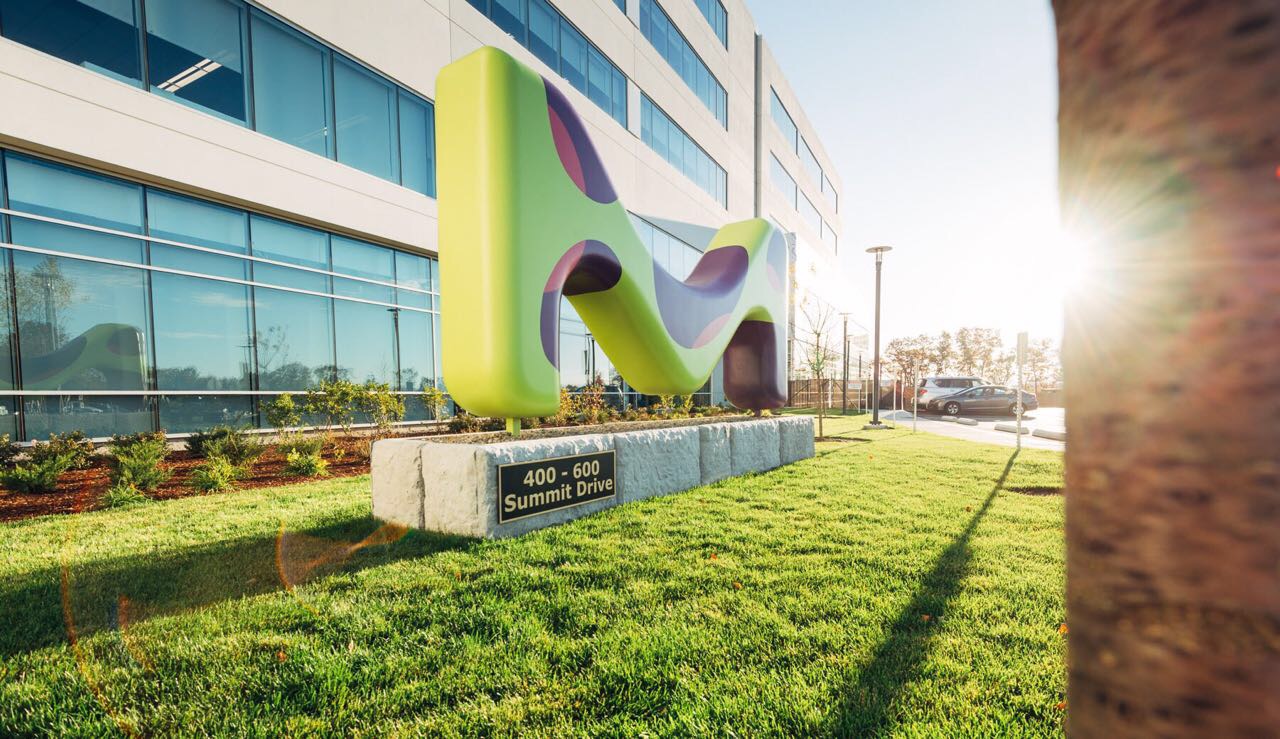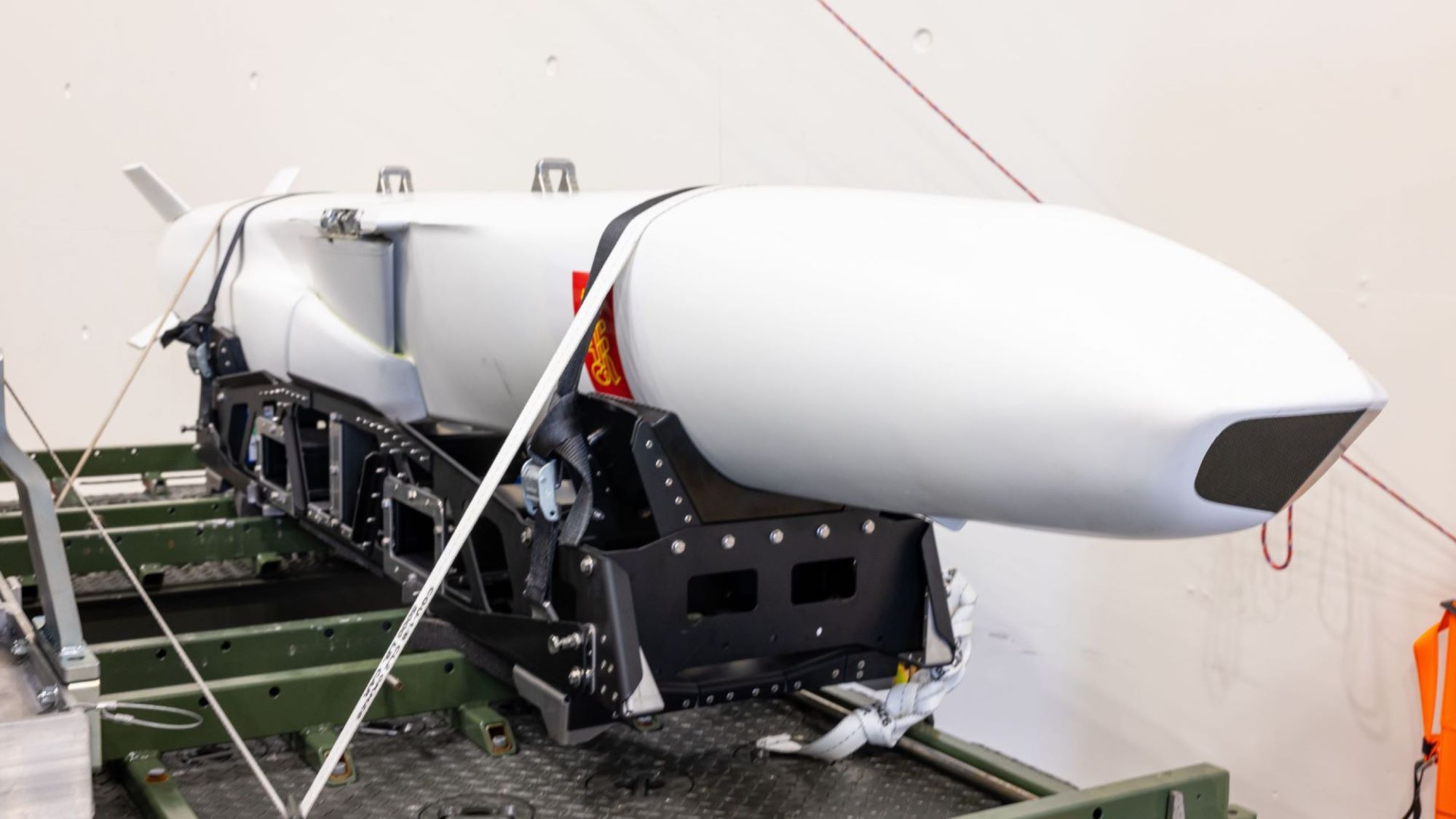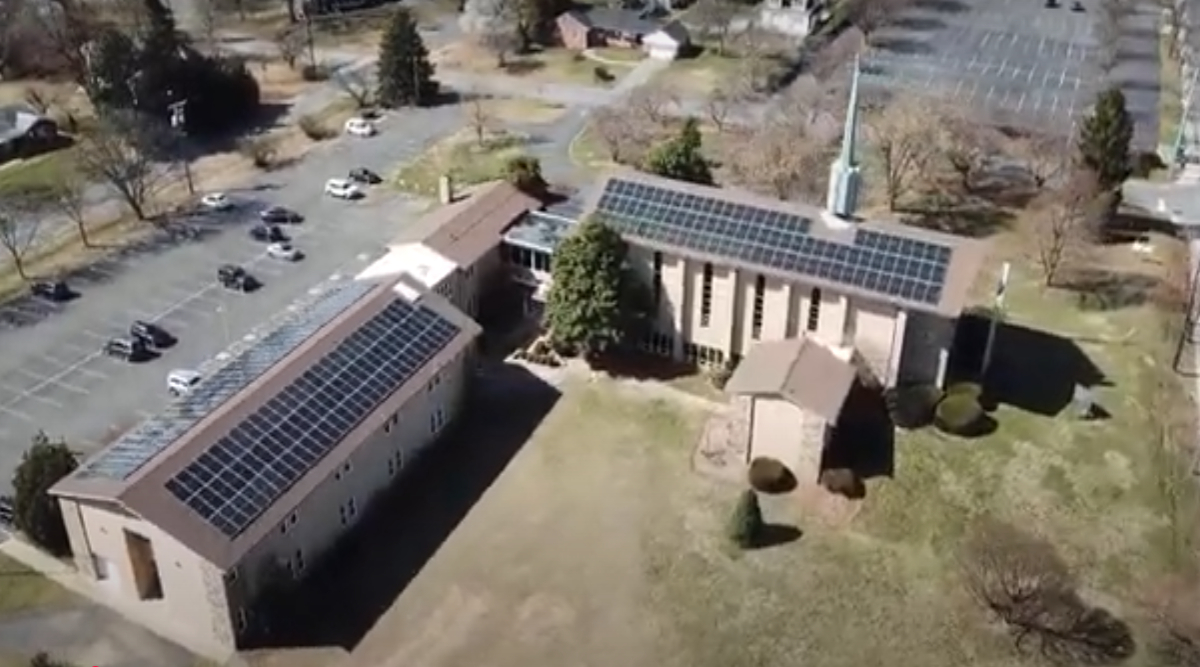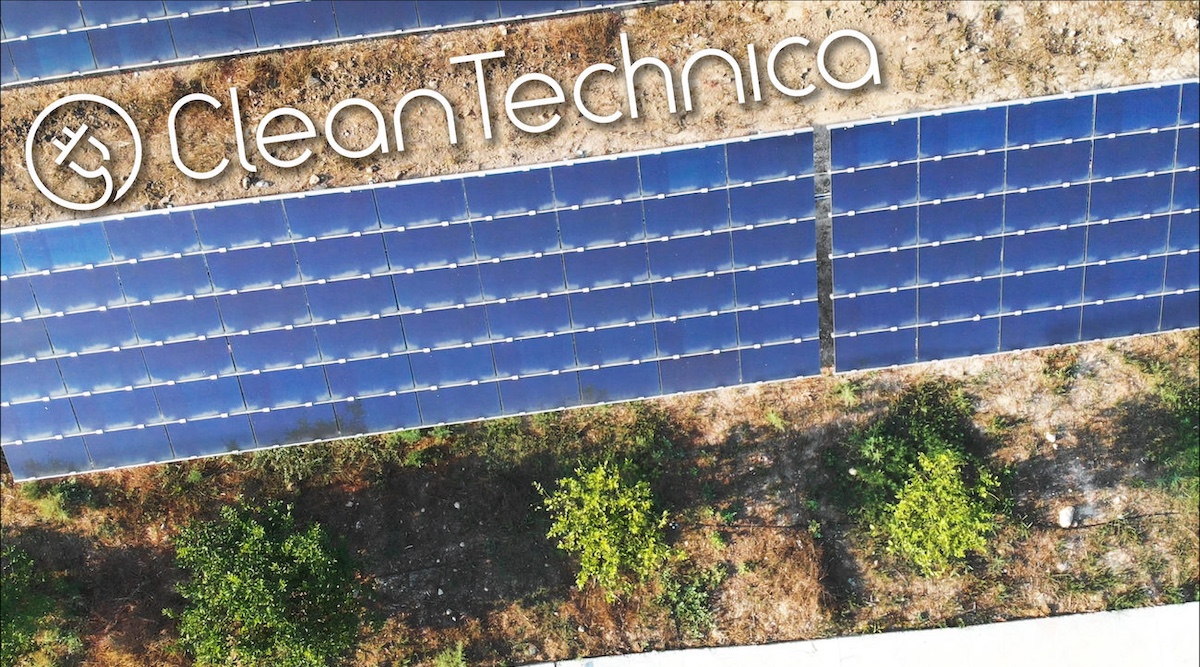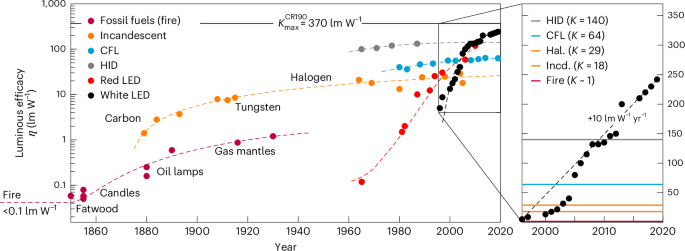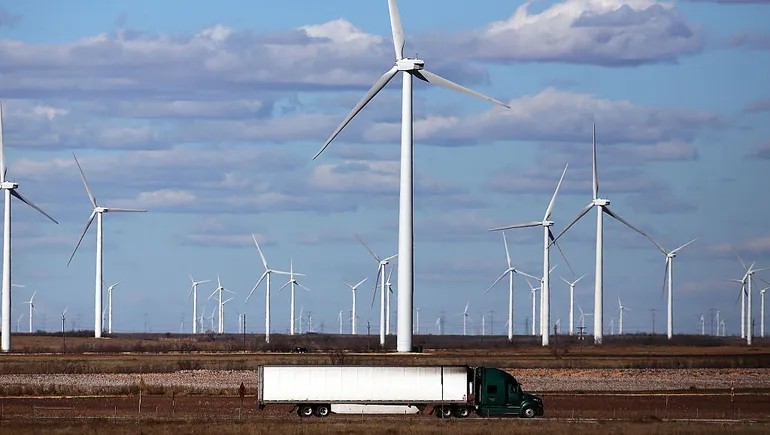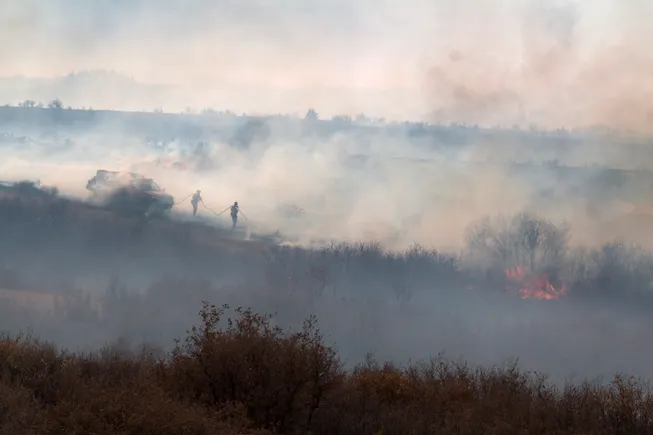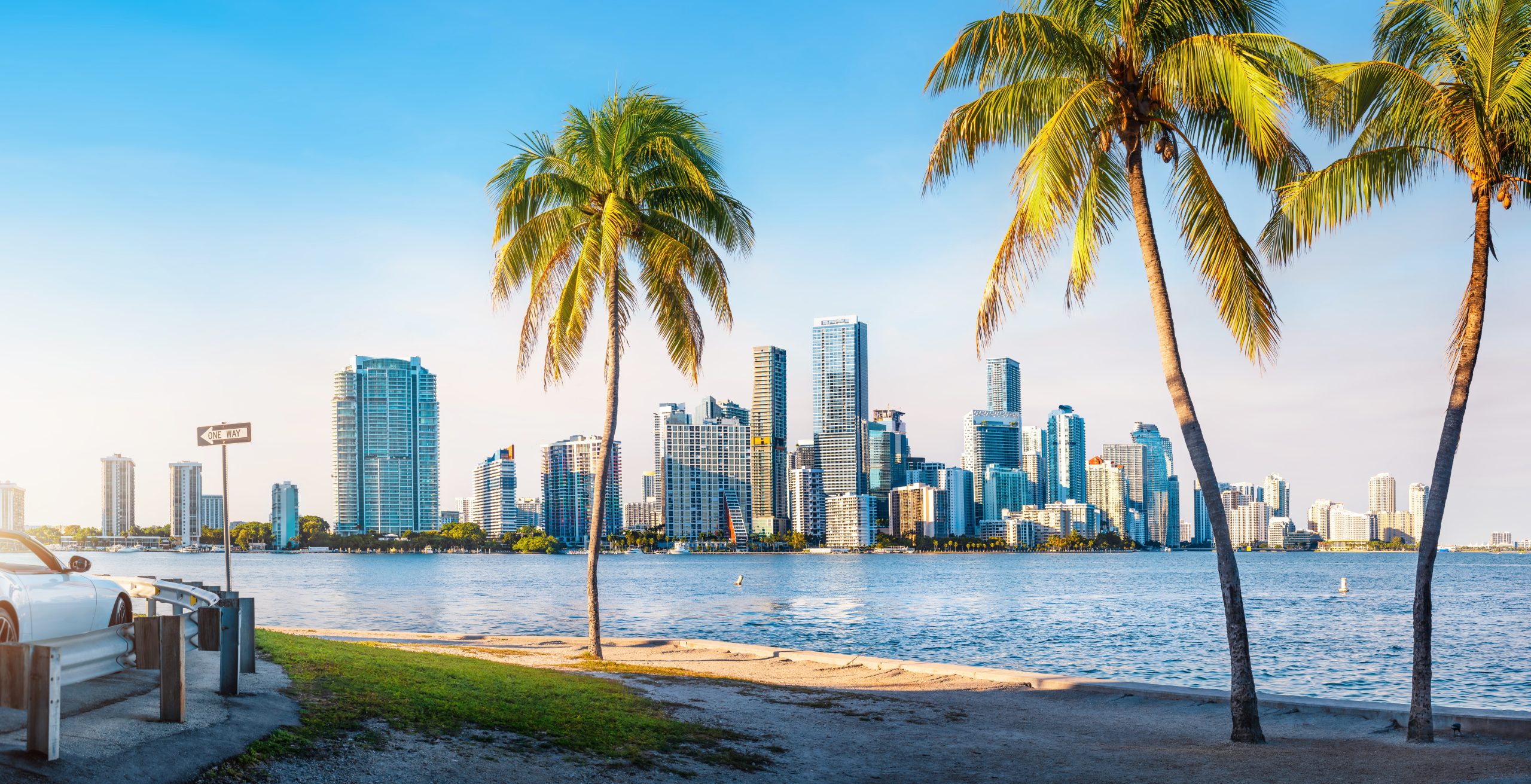Db's Bordeaux correspondent Colin Hay's review of the left-bank’s en primeur offerings continues with Saint-Julien, the smallest and often the most homogeneous of the Médoc appellations, which offers something different to its northern neighbours.
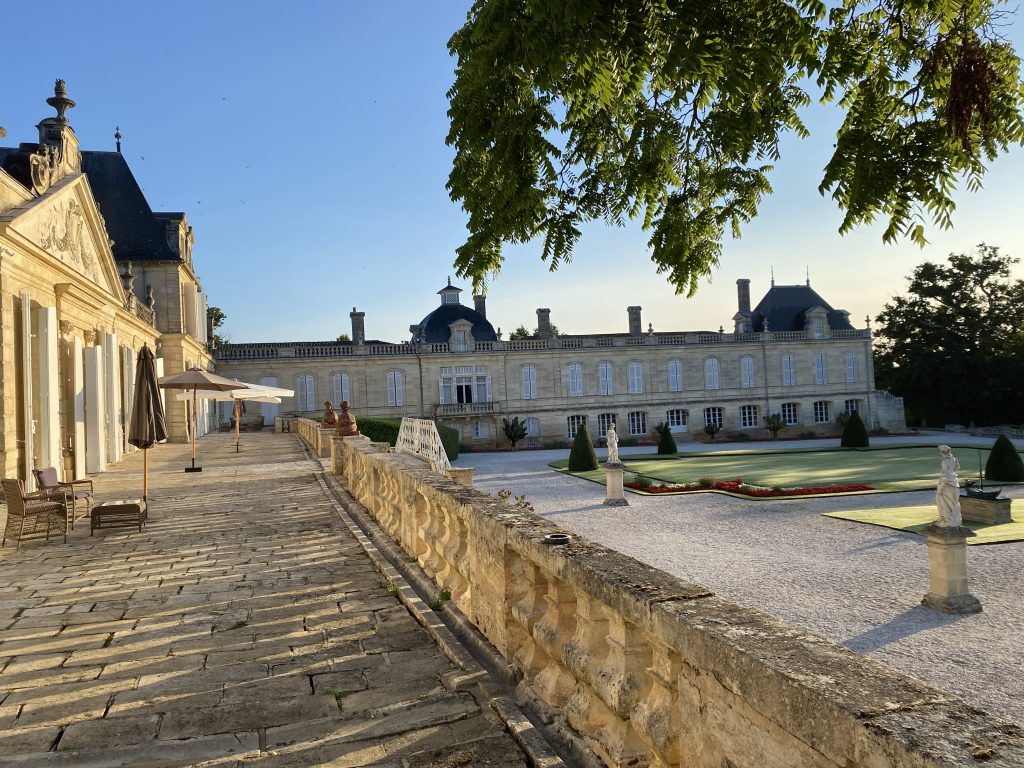
Having started our tour of the Médoc in Pauillac and having decided to take the short northern passage from there to St-Estèphe we now have little choice other than to turn south.
It’s not long before we’re in Pauillac again. Proceeding along the quayside we pass the newly resplendent and recently renovated Grand-Puy Ducasse, turning left at the roundabout after the Maison du Vin before taking the D2 past Lynch-Bages, the Pichons and Latour.
We arrive in St-Julien pretty quickly as the famous walled vineyard of Léoville-Las-Cases comes into view. But in 2024, above all, small distances sometimes make for great differences.
The wines here feel immediately rather different in their personality to their northern cousins. The austerity and angularity so often to be found in Pauillac in 2024 is replaced by a reassuring sweetness to the fruit and a nutty creaminess so often the signature of the appellation.
|
Pre-budburst (November-March) |
Budburst to harvest (April-September) |
Annual total (calendar year) |
| Bordeaux* |
764 (+74.0%) |
480 (+18.5%) |
1245 (+37.7%) |
| Pessac-Léognan (Canéjan) |
821 (+87.0%) |
507 (+25.2%) |
1151 (+36.4%) |
| St Emilion |
608 (+38.5%) |
435 (+7.4%) |
904 (+7.1%) |
| St Julien |
649 (+47.8%) |
321 (-20.7%) |
824 (-2.4%) |
| Margaux |
860 (+95.9%) |
446 (+10.1%) |
1058 (+25.4%) |
| 30-year average** |
439 |
405 |
844 |
Table 1: Rainfall during the vintage (relative to 30-year average)
Source: calculated from
Gavin Quinney’s Bordeaux 2024 weather and harvest report and meteo-site
infoclimat (*Graves, St Emilion, Haut-Medoc, Northern Medoc, Entre deux Mers, Bourg & Blaye; ** for Bordeaux-Mérignac alone); château level data provided by the properties themselves.
Yet, as Table 1 suggests, it is difficult to attribute this change in personality to any differential exposure to the challenges of the growing season. True, it’s actually a little difficult to tell from the rainfall data, since St Julien and Pauillac share the same weather station! So we’re actually looking at the same numbers. But replacing the aggregate data with vineyard-level figures wouldn’t change the picture dramatically. St Julien and Pauillac, in other words, share the same weather station for the simple and good reason that the meteorological conditions they face are very similar, even in 2024.
That said, and as Table 2 suggests (and Table 3 confirms), yields for the leading estates (and more generally) were typically a little higher than for Pauillac and, partly as a consequence, the final composition of the grands vins of the appellation is a little more familiar, a little less exceptional.
| Wine |
% Cabernet Sauvignon |
% Merlot |
Yields (hl/ha)
2024 |
| 2023 |
2024 |
2023 |
2024 |
| Beychevelle |
61 |
55 |
35 |
42 |
41 |
| Ducru-Beaucaillou |
85 |
86 |
15 |
14 |
20 |
| Gruaud Larose |
83 |
81 |
15 |
17 |
31 |
| Léoville Barton |
87 |
92 |
10 |
6 |
-- |
| Léoville Las Cases |
86 |
84 |
4 |
5 |
31 |
| Léoville Poyferré |
62 |
64 |
32 |
27 |
26.4 |
| Saint-Pierre |
80 |
85 |
17 |
12 |
29 |
| Average |
78 |
78 |
18 |
18 |
30 |
Table 2: Percentage of Merlot & Cabernet Sauvignon in the grands vinsand final yield (hl/ha)
As that reminds us, St Julien is the smallest and probably the most homogeneous in the quality of its terroir of the Médoc appellations, with a significant proportion of the 910 hectares or so under vine today hugging the Gironde. That undoubtedly helped these wines to retain their distinctive appellation character despite the challenges of the growing season and the low yields confirmed below.
| |
2020 |
2021 |
2022 |
2023 |
2024 |
10-year average |
% Change |
| Margaux |
36.3 |
38.6 |
31.3 |
37.7 |
33.1 |
40.3 |
-22.8 |
| St Julien |
34.3 |
35.2 |
34.3 |
50.3 |
32.5 |
37.4 |
-13.4 |
| Pauillac |
37.4 |
35.1 |
34.8 |
47.1 |
29.5 |
41.3 |
-28.6 |
| St Estèphe |
41.2 |
40.7 |
31.5 |
51.6 |
33.6 |
45.2 |
-25.7 |
| Pessac-Léognan |
34.6 |
30.7 |
35.7 |
38.1 |
39.0 |
36.1 |
+8.0 |
| St Emilion (GC) |
36.7 |
27.5 |
41.2 |
40.5 |
36.4 |
38.2 |
-4.7 |
| Pomerol |
39.8 |
28.9 |
32.3 |
45.2 |
28.4 |
37.8 |
-24.9 |
Table 3: Average vineyard yield by appellation (hl/ha)
Source: calculated from Duanes data compiled by the CIVB Service Economie et Etudes
If the prices are good, and
Branaire-Ducru in my view has already set a powerful and very positive benchmark here, then there is much to recommend in Saint-Julien in 2024. I would highlight particularly the suave elegance and ethereal beauty of
Gruaud Larose and the coiled classicism of
Léoville Las Cases.
Those looking for value would do well to seek out an excellent
Gloria, on one the second wines of the vintage in
Sarget de Gruaud Larose and, of course, the ubiquitous
Branaire Ducru.
Highlights in 2024
Best of the appellation:
Greatest successes:
- Léoville Las Cases 93-95+
- Léoville Barton 93-95
- Léoville Poyferré 93-95
- Ducru-Beaucaillou 92-94+
- Saint-Pierre 92-94+
- Beychevelle 92-94
- Branaire-Ducru 92-94
- Gloria 92-94
Value picks:
- Branaire-Ducru 92-94
- Gloria 92-94
- Sarget de Gruaud Larose 89-91+
For full tasting notes, see
here:

 Having started our tour of the Médoc in Pauillac and having decided to take the short northern passage from there to St-Estèphe we now have little choice other than to turn south.
It’s not long before we’re in Pauillac again. Proceeding along the quayside we pass the newly resplendent and recently renovated Grand-Puy Ducasse, turning left at the roundabout after the Maison du Vin before taking the D2 past Lynch-Bages, the Pichons and Latour.
We arrive in St-Julien pretty quickly as the famous walled vineyard of Léoville-Las-Cases comes into view. But in 2024, above all, small distances sometimes make for great differences.
The wines here feel immediately rather different in their personality to their northern cousins. The austerity and angularity so often to be found in Pauillac in 2024 is replaced by a reassuring sweetness to the fruit and a nutty creaminess so often the signature of the appellation.
Having started our tour of the Médoc in Pauillac and having decided to take the short northern passage from there to St-Estèphe we now have little choice other than to turn south.
It’s not long before we’re in Pauillac again. Proceeding along the quayside we pass the newly resplendent and recently renovated Grand-Puy Ducasse, turning left at the roundabout after the Maison du Vin before taking the D2 past Lynch-Bages, the Pichons and Latour.
We arrive in St-Julien pretty quickly as the famous walled vineyard of Léoville-Las-Cases comes into view. But in 2024, above all, small distances sometimes make for great differences.
The wines here feel immediately rather different in their personality to their northern cousins. The austerity and angularity so often to be found in Pauillac in 2024 is replaced by a reassuring sweetness to the fruit and a nutty creaminess so often the signature of the appellation.


